Tri-Ply Cookware vs. Non-Stick Cookware: Which One is Right for You?
Selecting the proper pots and pans is an important decision that influences the experience of cooking and the quality of your food. With so many types available, two of the most common options include tri-ply and non-stick cookware. They each have their own characteristics, with distinct benefits to serve different styles of cooking and preferences.
Understanding the differences between the two will help you decide which one you need. Let's explore their features and how they compare to help you make an informed decision.
What is Tri-Ply Cookware?
This is a premium choice for those who value durability and heat efficiency in the kitchen. These utensils are made of three layers of metal:
-
An inner stainless steel coating for a non-reactive cooking surface.
-
A core of aluminium for superior heat conductivity.
-
An outer stainless steel layer for strength and compatibility with all cooktops, including induction.
Benefits of Tri-Ply Cookware
-
Superior Heat Distribution: The aluminium or copper core is designed to ensure uniform heat distribution with minimal hot spots and accurate temperature control.
-
Durability: The stainless steel layers of tri-ply cookware provide remarkable strength and resistance to scratches, warping, and corrosion.
-
Compatible with All Cooktops: Works seamlessly with gas and induction stoves.
-
Versatility: Good for high-heat cooking methods like searing, browning and deglazing.
What is Non-Stick Cookware?
This is favoured by home cooks who look for equipment that is easy to handle and has low maintenance needs. These products have a special coating to prevent food from sticking to the surface.
Benefits of Non-Stick Cookware
-
Effortless Cooking: Great for eggs or any other food that can stick to a pan.
-
Low-fat cooking: You need not use too much oil or butter while cooking, which explains why it is healthier.
-
Quick Heating: Non-stick pans heat up fast for quick cooking.
-
Lightweight & Easy to Handle: Non-stick pans are lighter and easier to manoeuvre around the kitchen than stainless steel cookware.
-
No Waste: The smooth surface minimises food residue build-up and lowers maintenance needs.
Key Differences Between Tri-Ply and Non-Stick Cookware
Both of these types of cookware have unique benefits. Understand their differences below:
1. Material and Construction
Tri-ply cookware has three bonded metal layers, which can include stainless steel and either an aluminium or copper core. This blend provides both even heat distribution and durability. The best non-stick cookware has a base of aluminium or stainless steel. It has a special to create a smooth, non-stick cooking surface.
2. Cooking Performance
Tri-ply cookware is particularly well suited for high-heat cooking methods, like searing, browning, and deglazing. It holds steady heat for precision cooking. Most non-stick cookware is made for low to medium-heat cooking, so it is perfect for making delicate foods, like crepes, with little oil and gentle heat control.
3. Heat Distribution and Retention
The combination of three layers ensures that tri-ply cookware offers even heat distribution with no hotspots, allowing food to cook uniformly. It also holds heat well, which is good for recipes that need consistent temperature control. Cooking with a non-stick cookware set can be quick because it heats up fast. However, temperature distribution may vary depending on the thickness of the base.
4. Durability and Longevity
Tri-ply cookware is very durable and highly resistant to scratches, warping, and corrosion. It is often suitable for decades if used appropriately. Non-stick cookware can also be durable. However, gentle handling is required to prevent damage to the coating.
5. Oil Usage and Cooking Style
Tri-ply requires some oil or butter to help prevent food from sticking. Some people prefer low-fat cooking. Non-stick pots are good because they allow you to cook with very little oil.
6. Maintenance and Cleaning
Tri-ply cookware is typically dishwasher-safe, although most are recommended to be cleaned by hand to preserve shine and finish. Use a soft sponge to hand wash non-stick cookware and preserve the coating for long-term use.
7. Weight and Handling
Tri-ply cookware is made with multiple metal layers. This makes it durable and well-balanced on the stovetop. This cookware has less weight and is easy to handle. It is a practical choice for quick cooking and day-to-day usage.
8. Cooktop Compatibility
The stainless steel outer layer on tri-ply cookware allows it to be used on all cooktops, even induction. Some non-stick cookware might not be induction-compatible, so you should always check the manufacturer's specifics.
Which One is Right for You?
Both have great benefits. Which one to choose greatly depends on your cooking style, preferred meals, and lifestyle.
Tri-Ply cookware is great for anyone who:
-
Loves playing around with different cooking methods like searing, browning, or deglazing.
-
Wants durable cookware that stands up to high heat and heavy use.
-
Cooks food regularly that needs even heat distribution and accurate technique.
-
Wants oven-safe cookware that works on any stove — including induction.
Non-stick cookware is ideal if you:
-
Prefer quick and easy cooking with minimal oil for a healthier diet.
-
Often prepare delicate foods such as omelettes and pancakes.
-
Want hassle-free cleaning without worrying about anything sticking to the pan.
-
Appreciate lightweight cookware that is easy to handle and store.
Can You Have Both?
You will find that a lot of home cooks and professional chefs keep a mixture of both in their kitchens.
-
Use tri-ply cookware for high-heat cooking, browning meats and making sauces.
-
Use the non-stick pot or pan for speedy cooking with minimal oil or butter.
Having both types allows you to have the best of both worlds, ensuring versatility for all types of recipes and cooking techniques.
Conclusion
There are no right or wrong answers when it comes to choosing between the two. Each has specific benefits, and the best one for you depends on your lifestyle, food habits, and cooking needs.
If you like precise heat control, durability, and high-heat cooking, tri-ply cookware is a great investment. But, if you want uncomplicated cooking and easy cleanup, non-stick cookware can be a great addition to your kitchen.
The right balance of both ultimately makes sure that you are ready for any recipe, occasion, or cooking style. Check out the Milton ProCook collection to buy the best tri-ply and non-stick cook utensils.












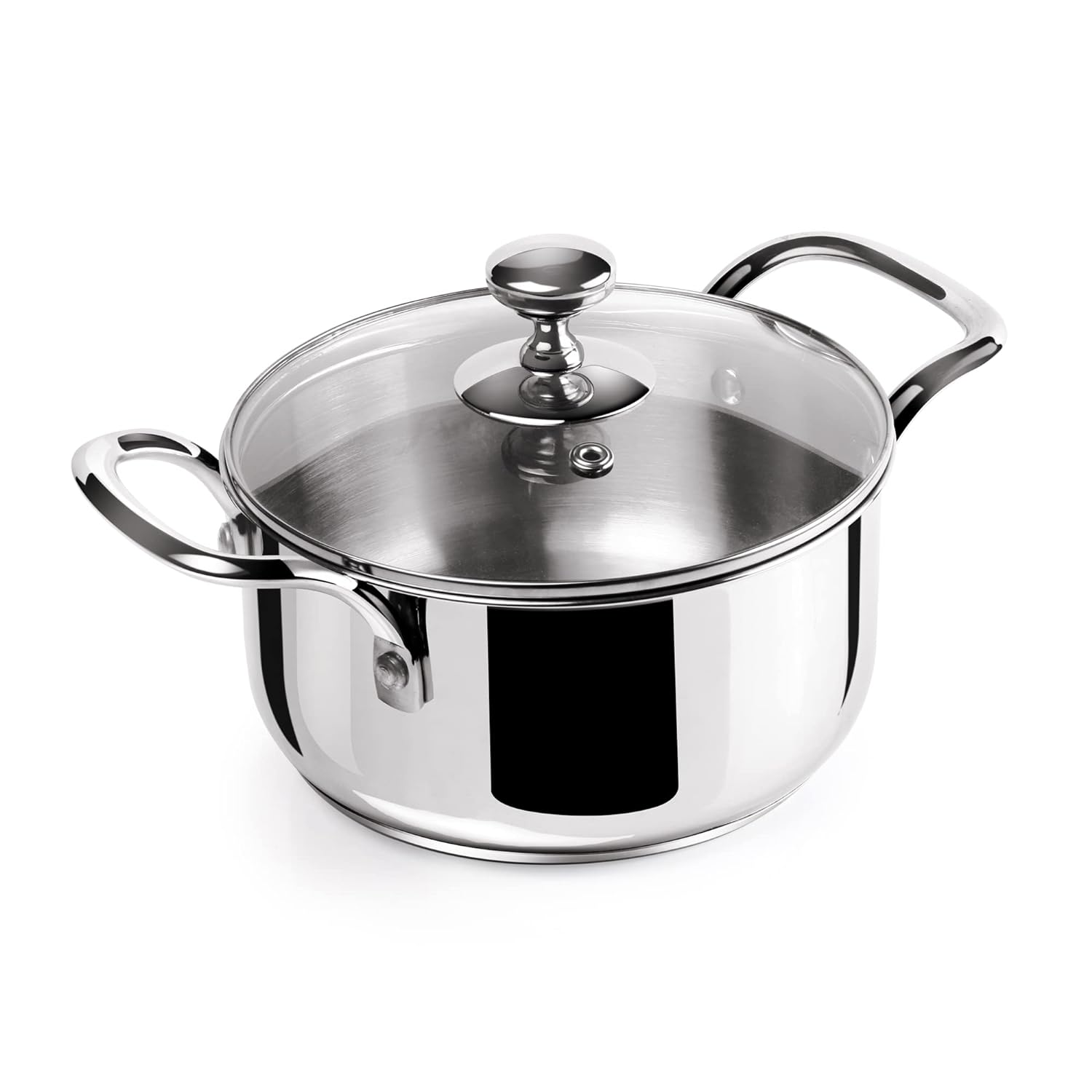
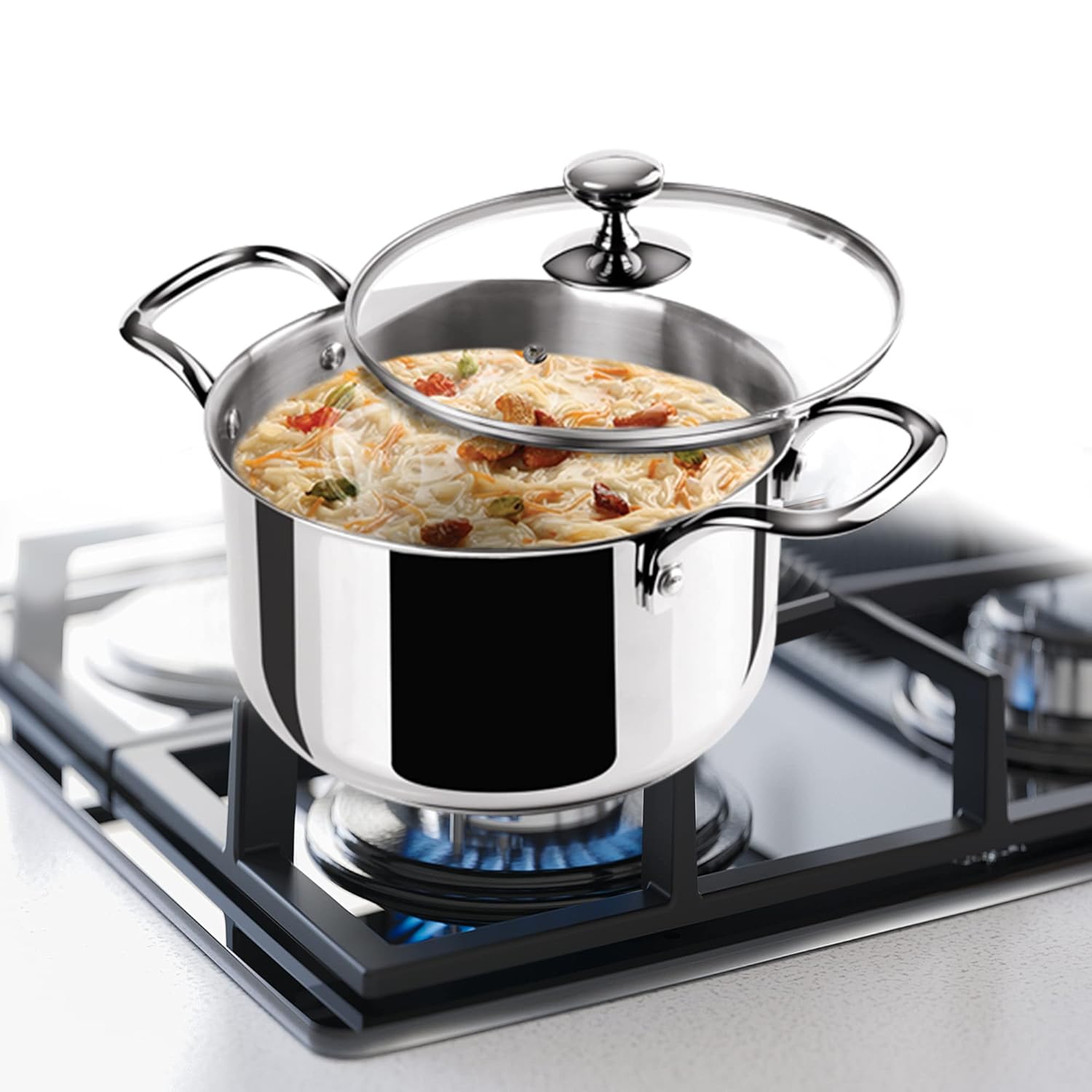




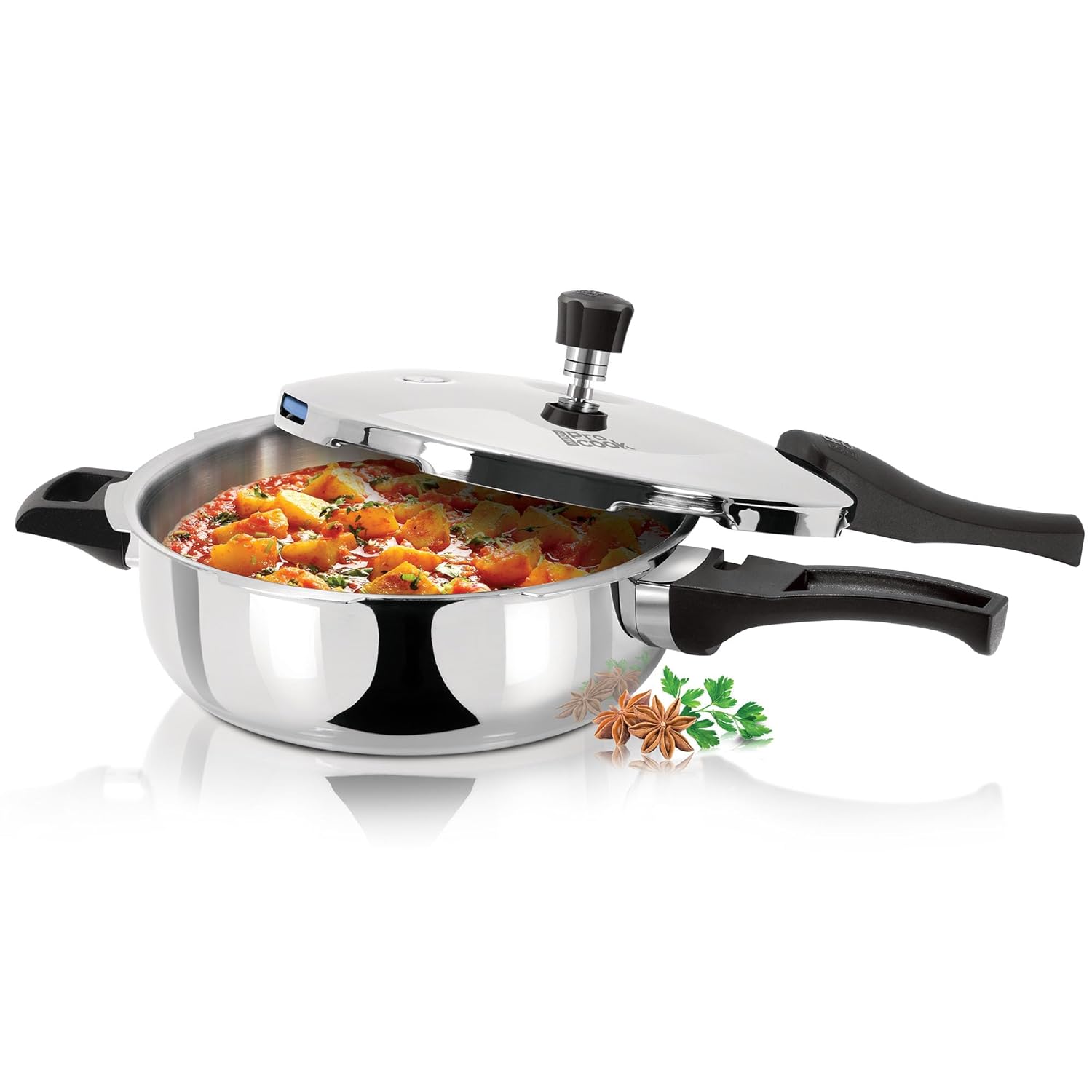
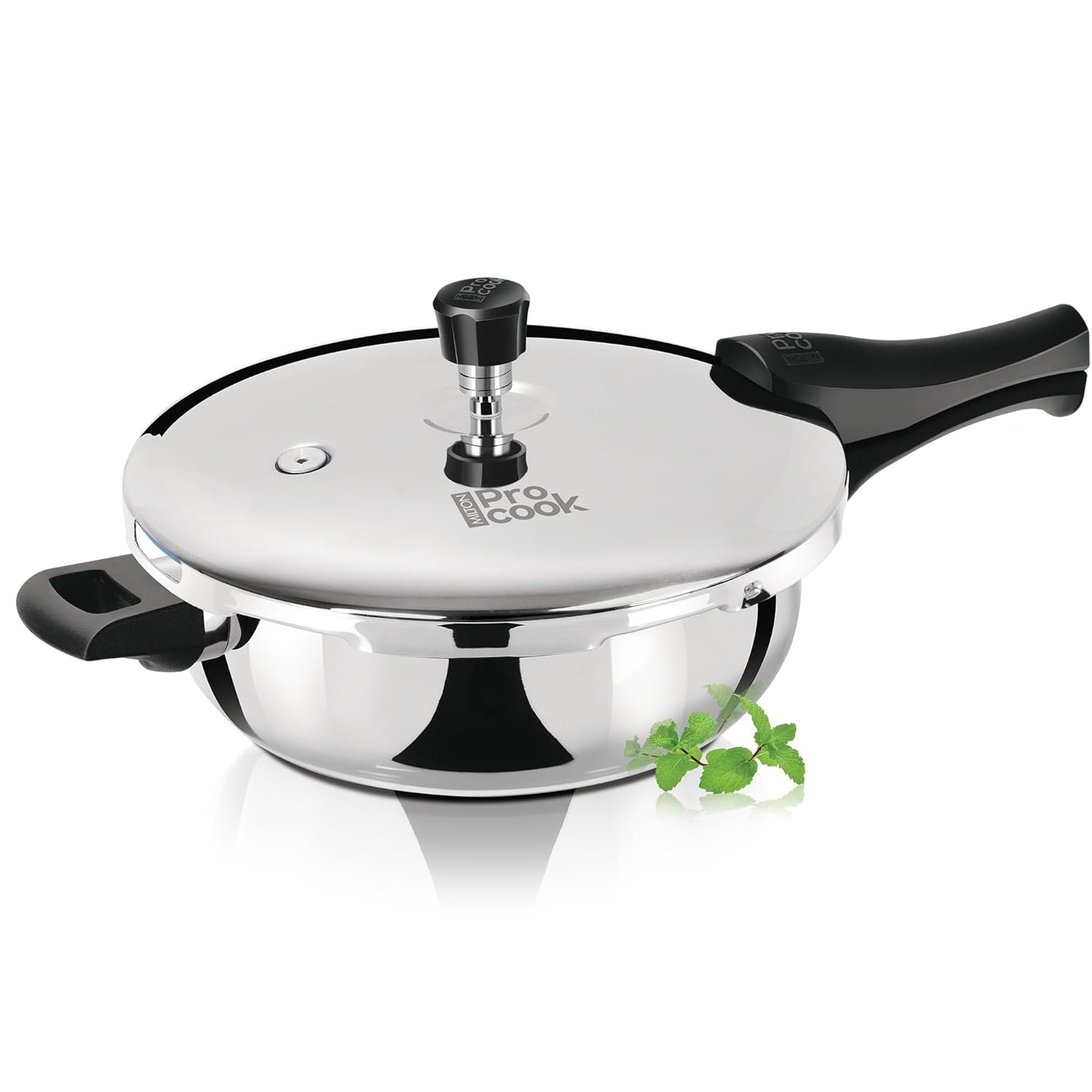











































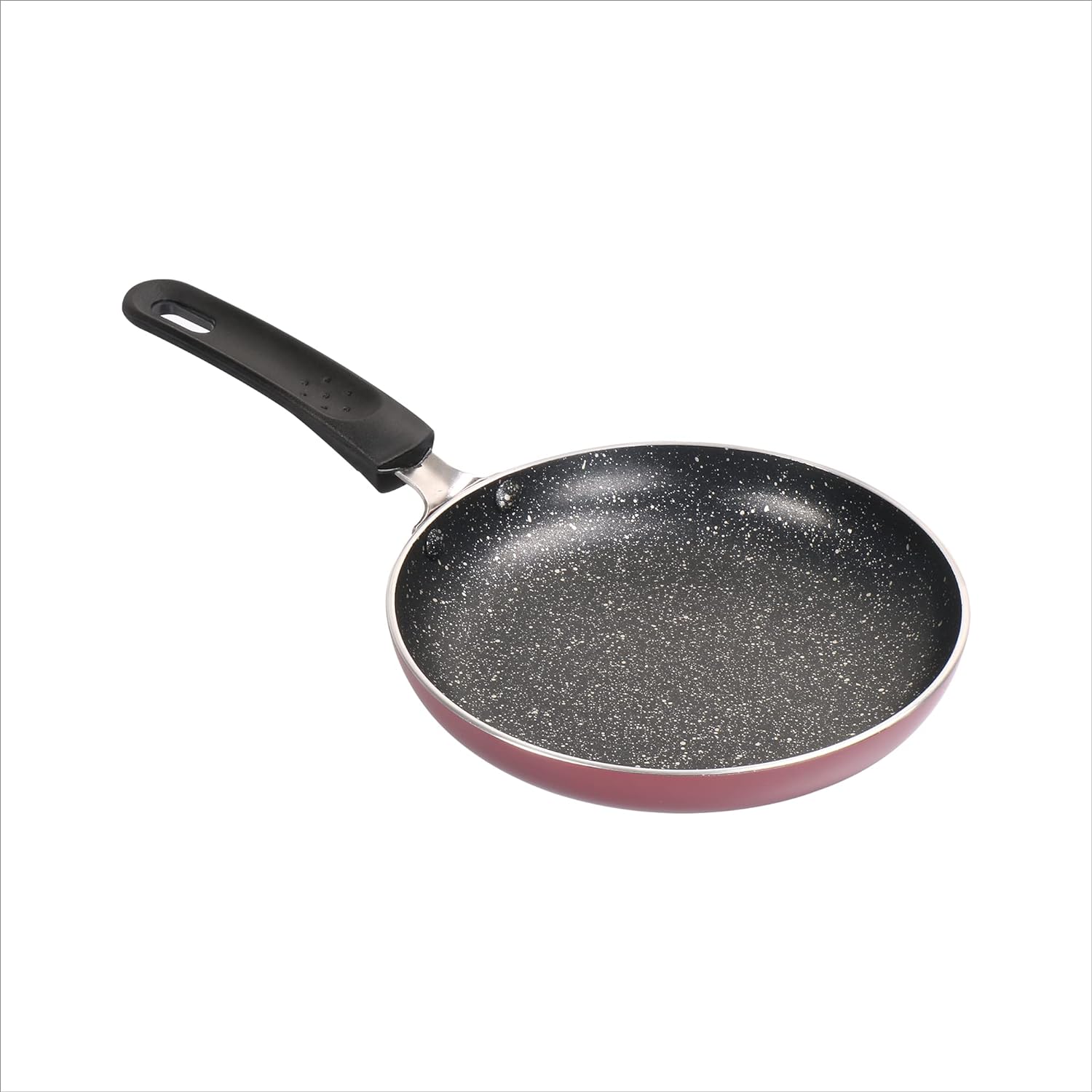
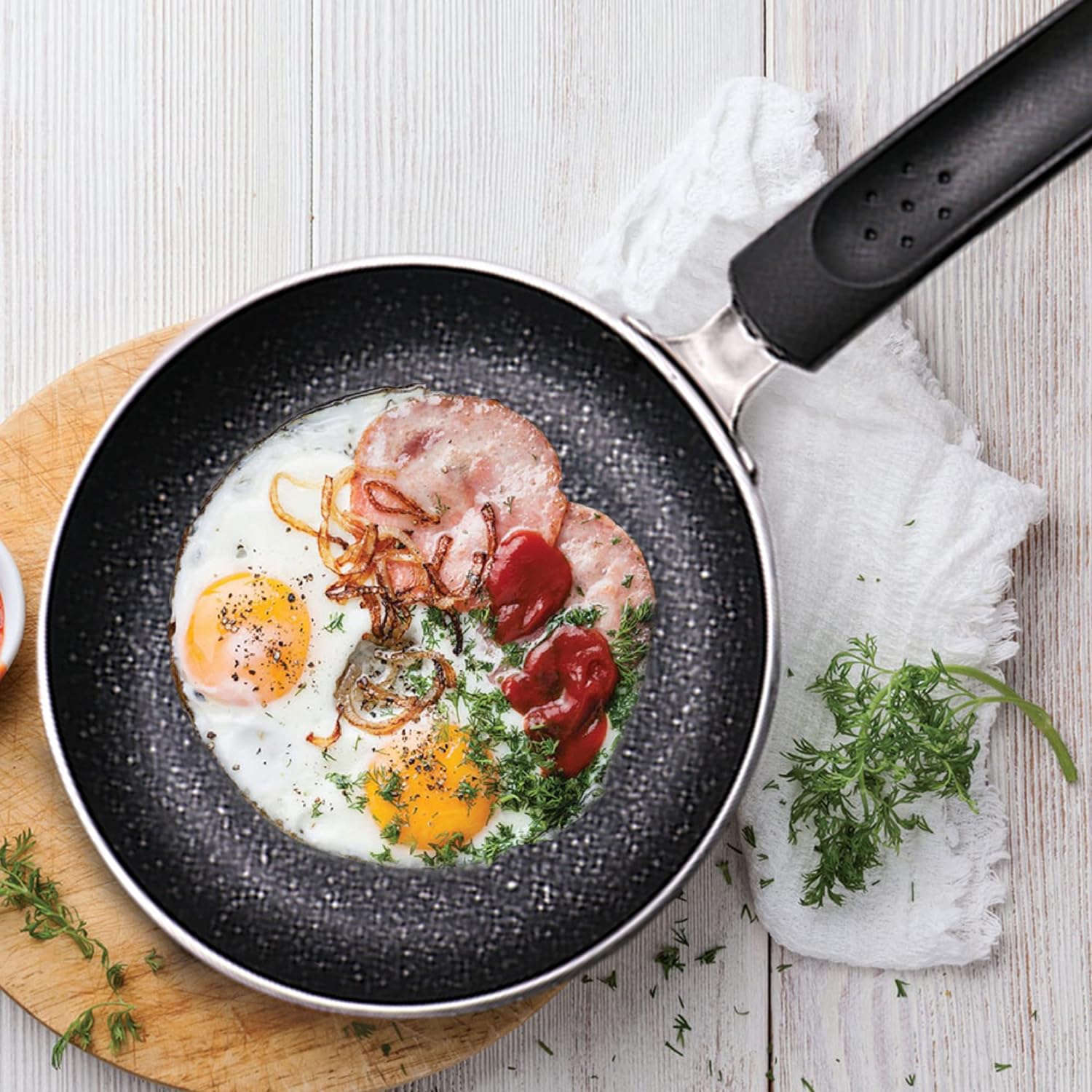


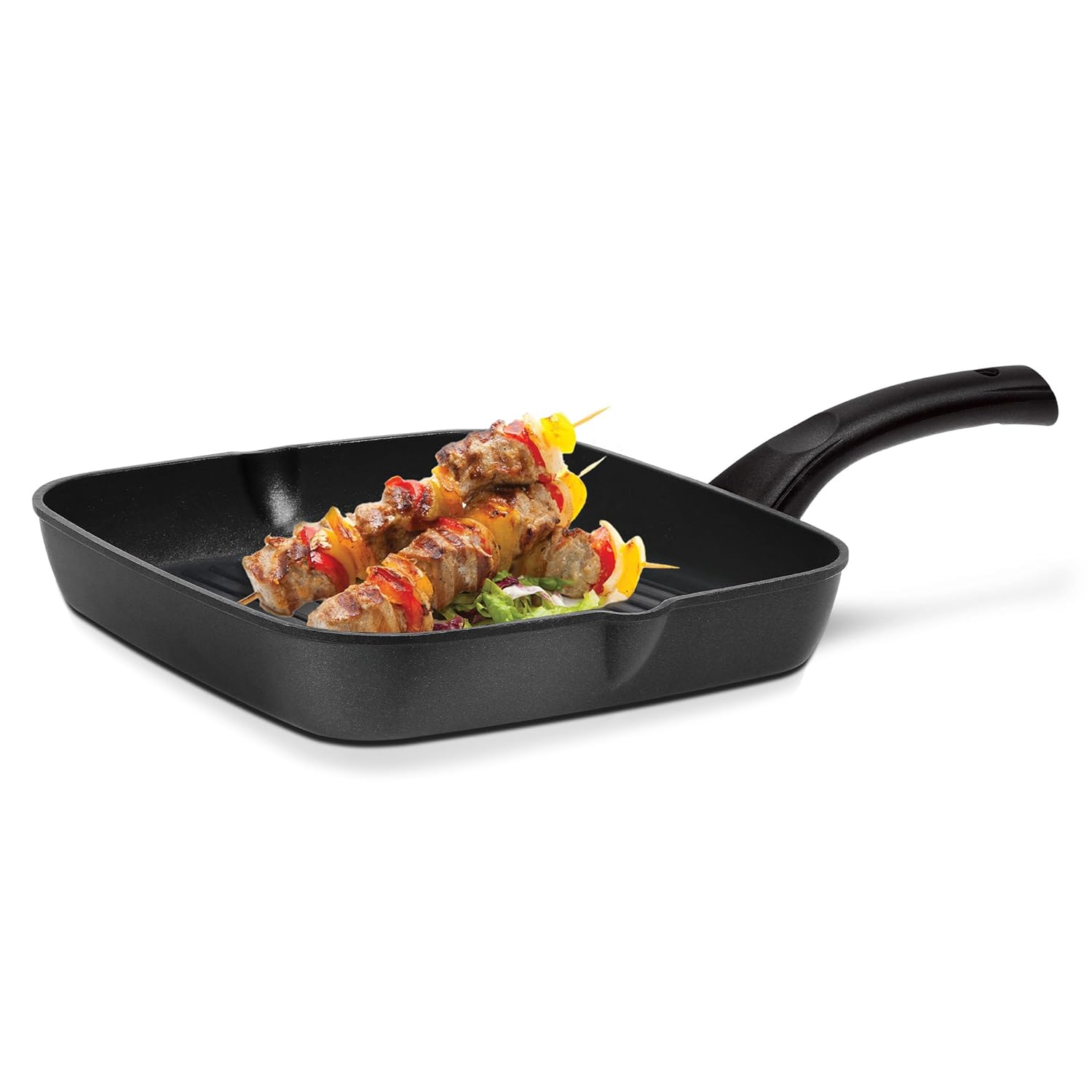
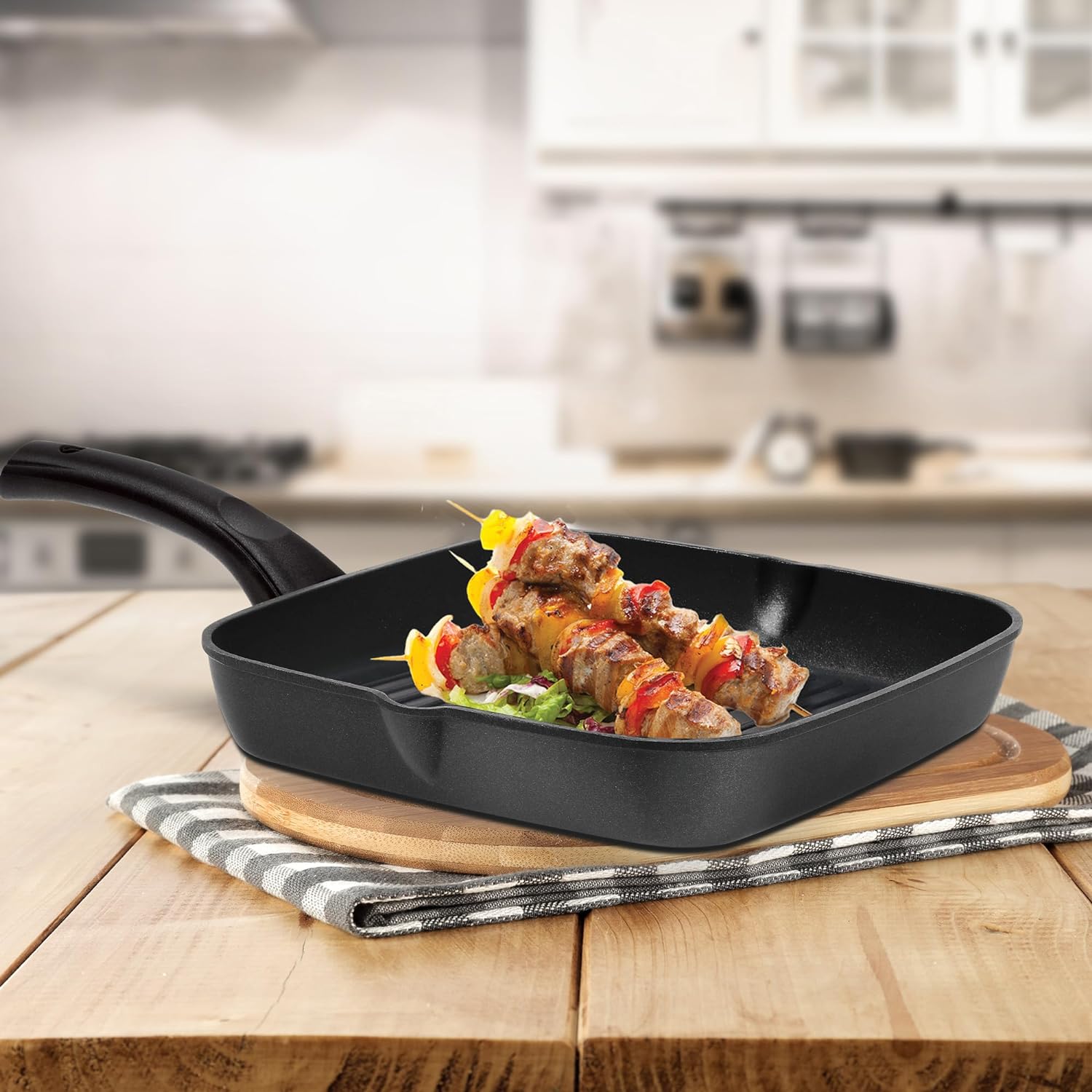











































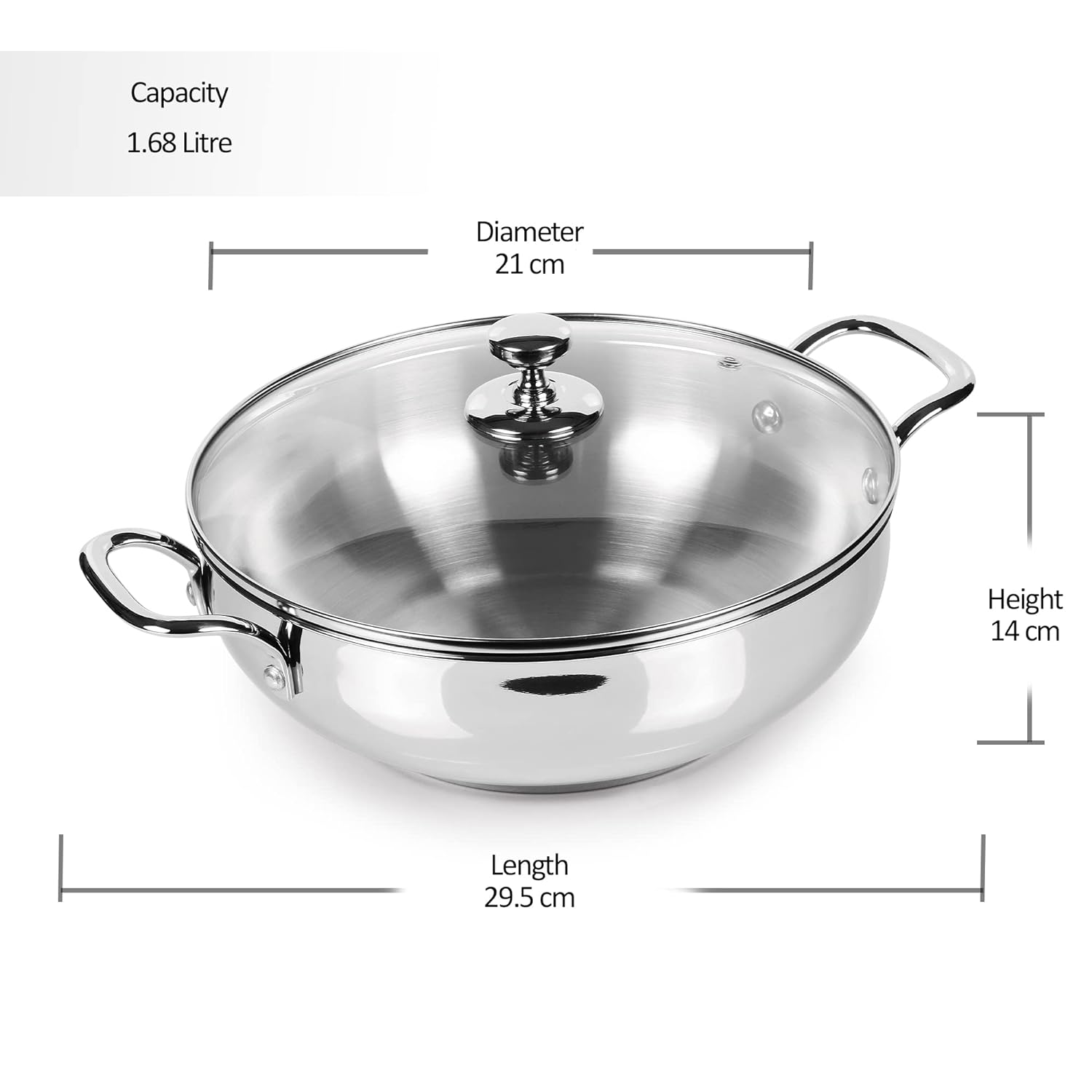




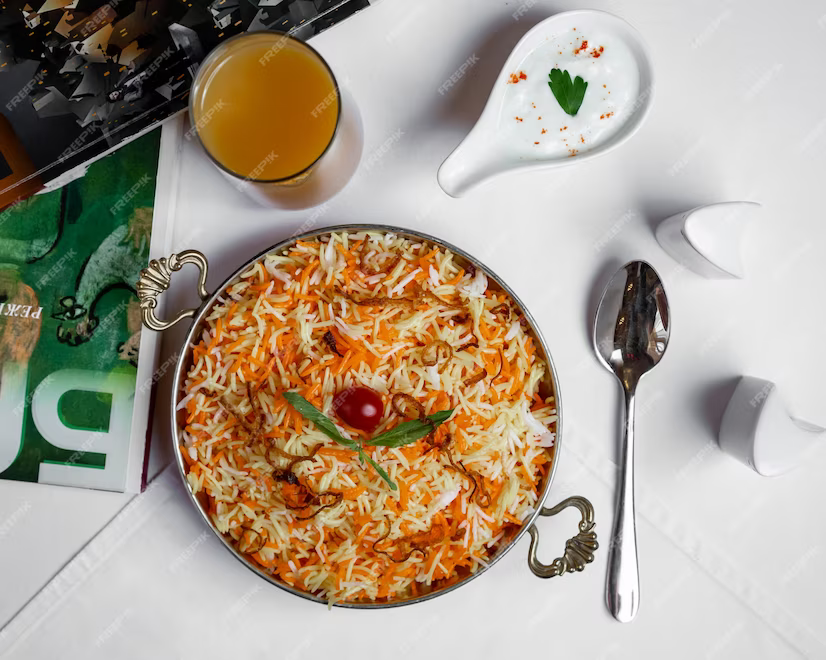





















Leave a comment